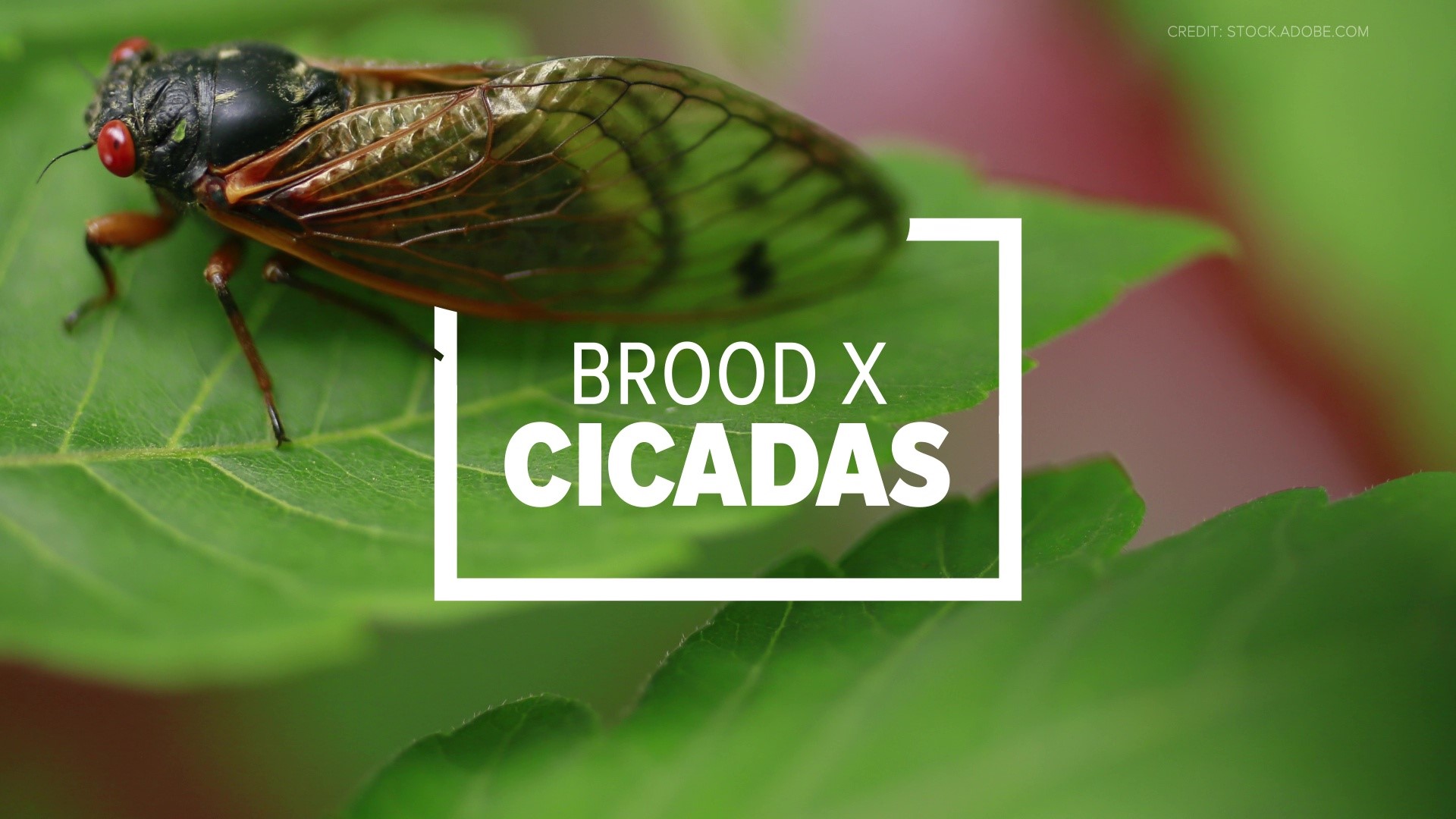LACKAWANNA COUNTY, Pa. — A map put out by the United States Department of Agriculture Forest Service has received quite a bit of attention recently. It shows the Active Periodical Cicada Broods of the U.S, and the areas in yellow are what's called Brood X.


"They come out in a group of brood, essentially, and this year is Brood X, and it's supposed to be a really big brood, and they've been hiding under the ground for 17 years," said Dr. Eric Wallis, Memorial Veterinary Hospital of Throop.
After 17 years of hibernation, this group of cicadas, born in 2004, will emerge in the Lackawanna County area in just a few weeks when the soil temperature gets warm enough, around 64 degrees.
"The only purpose of them coming out of the ground every 17 years to do this loud buzzing is to mate. Afterwards, they die," explained Medical Manager PJ Regan, Griffin Pond Animal Shelter.
Cicadas do not sting or bite, but experts say there is still a threat to our pets.
"There's some theories that say they may taste like peanut butter or canned asparagus, but for whatever reason, dogs like to eat them, and we worry about GI irritation," Dr. Wallis said.
Cicadas have an exoskeleton that is difficult to digest, so doctors say if your pet is the type to dig for insects, to keep a close eye on them during this time.
"So, what's going to end up happening? You might see some vomiting, you might see some diarrhea, lethargy, and in more extreme cases, you might see some damage to the GI tract," Regan explained.
The Brood X cicadas are expected to be around for about six weeks after they emerge, but they will leave their exoskeleton behind after they die.

